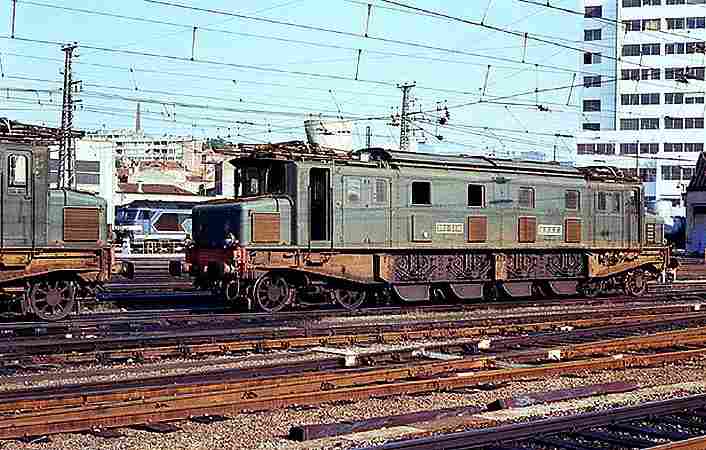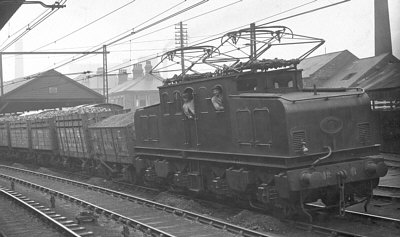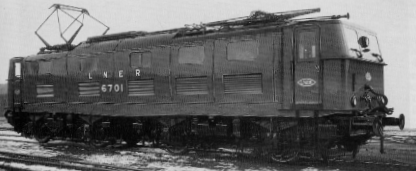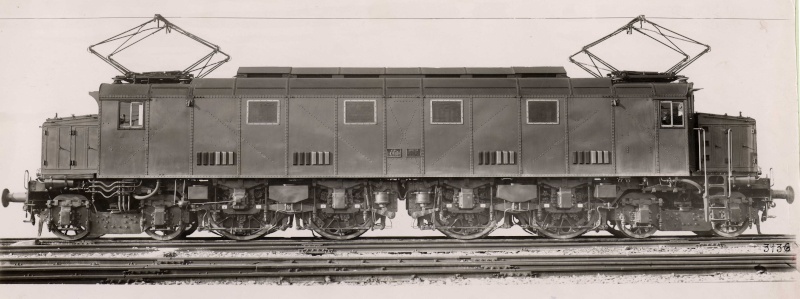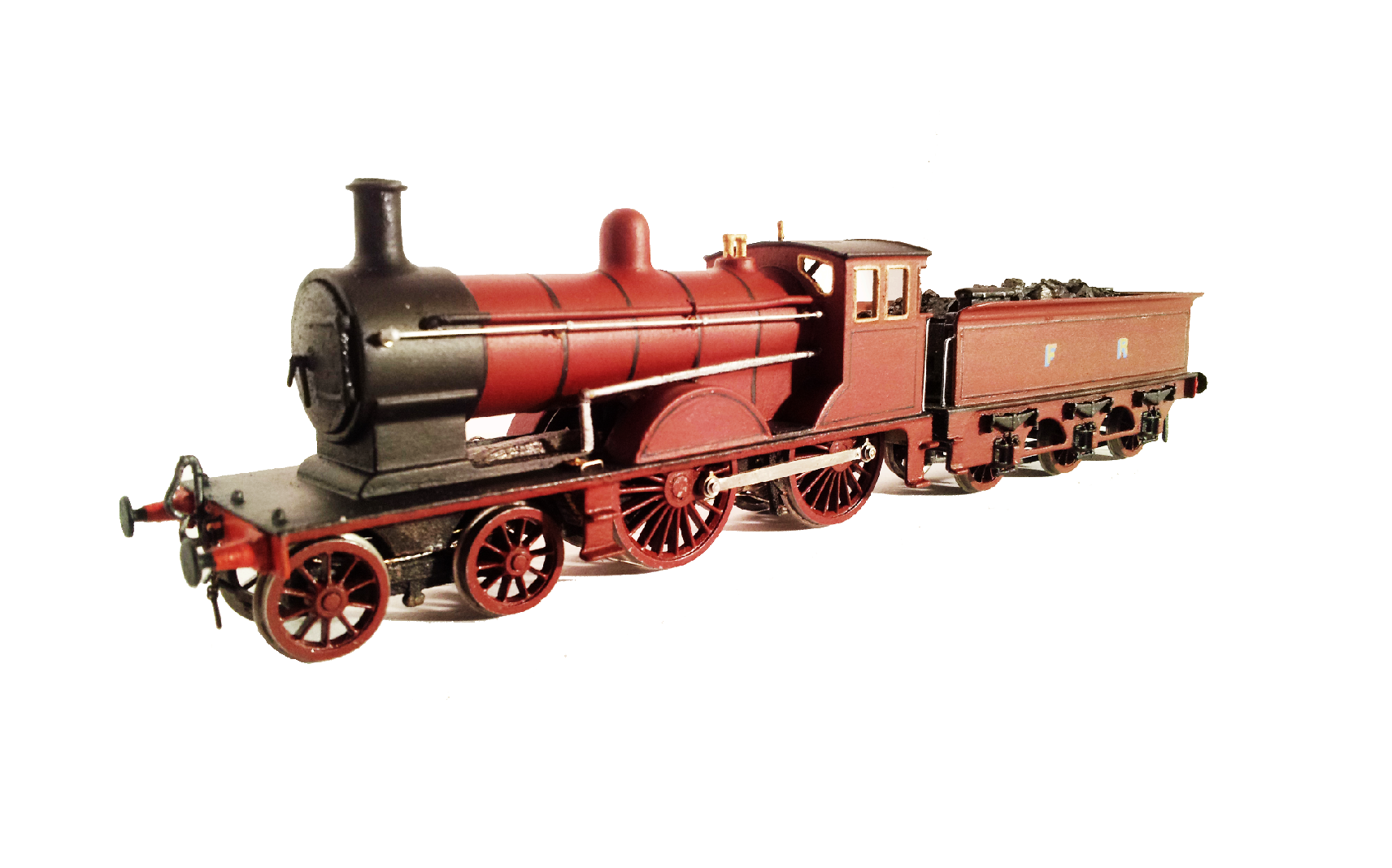The following post is merely to put down a few ideas that do not directly fit in with the layout, though I may represent them in model form at some point, these points in history are inspired by actual history of other countries.
In 1973 the Big four celebrated their 50th anniversaries with a number of events, including locomotive parades, mock exchange trials and even some locomotives, like the LNER's DEM2s, being repainted into their respective constituent liveries as "heritage units" (see Norfolk Southern's Heritage Fleet as a real life example of this)
In the mid-late 1970s the LNER began to look into the advantages of 25kv-AC being used by the LMS as opposed to their current DC power, following successful tests on the Doncaster-Cleethorpes line using a small number of rebuilt DEM2s converted to AC electric power the board gave the go-ahead to begin preparations for re-energising large sections of the network in strategic steps with a number of electric locomotives being converted as they came in for heavy overhaul. The last DC section was re-energised in the mid 80s.
in 1983 the decision was taken to withdraw the remaining operational steam locomotives, by this stage mostly aging B1s and O1s, A1 & A2s and Harrison's fleet of 8-coupled locomotives, from active service. Ever-proud of its heritage the LNER retained a number of notable steam locomotives for preservation, with the some being overhauled and allocated to York as part of a heritage fleet to run railtours, meaning the LNER never completely abandoned steam power. examples of this fleet include:
Peppercorn A1 #144 King's Courier, often reserved for royal train duties.
Peppercorn A2 #525 A.H.Peppercorn
Gresley A3 #2749 Papyrus, reverted to the condition it was in when it achieved 108mph
Gresley A4 #4468 Mallard, externally reverted to 1938 condition
Gresley A10 #4472 Flying Scotsman, reverted to the condition it was in when it achieved 100mph
Thompson B1 #1000 Springbok
Harrison I1 #200 J.F.Harrison
Harrison T2/1 #621 City of York
Gresley V2 #800 Green Arrow.
In addition Harrison T2/2 Glenfinnan, Gresley K4 #1996 Lord of the Isles and Peppercorn K1 #2001 were allocated to the West Highland Line on tourist duties.
A number of locomotives were also set aside for static display:
The Peppercorn A1s named after pre-grouping companies displayed at York in mock versions of their namesakes liveries.
Gresley A3 #2743/89 was sent to York Museum for static display as the first of the A3s.
Gresley A4s #2509 Silver Link and #7 Sir Nigel Gresley are preserved at different locations, #2509 in preserved in York in 1935 condition. #7 stands on display on a covered plinth in the town of Netherseal, standing guard over the town where Gresley is buried. The commonwealth A4s were all gifted to their respective countries.
Gresley A10 #1470 Great Northern was rebuilt back to its original condition in full GNR colours and following a final publicity run from London to York to mark the end of regular steam was taken to York Railway Museum for permanent display alongside the A1s. Though in recent years there have been rumours of returning her to steam in time for her 100th birthday in 2022

Gresley P2 #2001 Cock 'o the North was also reverted back to it's original condition and towed dead, though mechanically operational, to York museum for static display
Thompson A2/3 #500 Edward Thompson, being the hallmark of a turbulent and controversial chapter in the LNER 's history, was nearly sent for scrap, however at the last moment the management had a change of heart. So #500 was overhauled, repainted and drove under power one last time to York museum for static display.
Gresley U1 #9999 was withdrawn from service and towed to Manchester MOSI, where it now sits alongside alongside the African Garratt and the LMS Garratt
Locomotives named after towns, villages or cities were generally gifted to their namesakes, standing on plinths outside the station or town hall.
This list doesn't include privately preserved or pre-grouping locomotives, in this instance, excluding locomotives already mentioned, they are as with real life.
